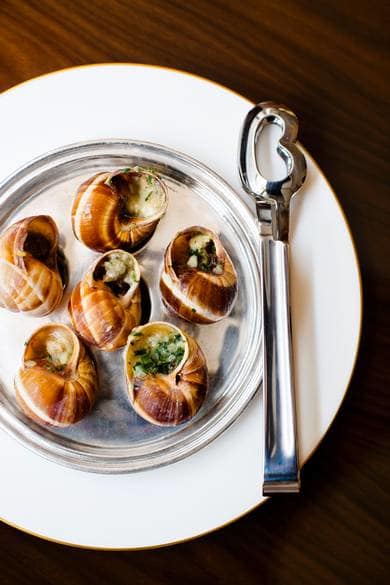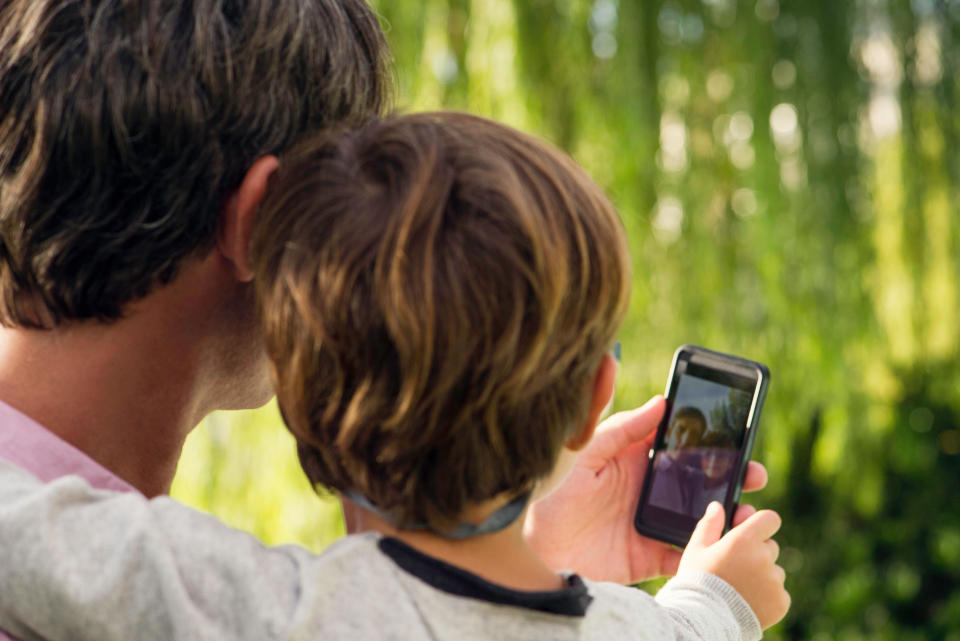Expert’s secret to family holidays: it’s how you travel, not where, that matters
You don't have to go somewhere exotic or expensive to have an awe-inspiring experience on holiday - but whether you’re going to Brighton, Barcelona or Bali, there are a few secrets to getting the most out of your family trip.
With limited holiday time, Americans tend to holiday more efficiently than Brits, following itineraries that would make the average dignitary gasp for breath. As a tour director taking groups of Americans around Europe, it’s Katie McCorkindale’s job to create “wow” moments on her trips, so they aren’t remembered as a blur of museum cafes and coach journeys.
But what makes for a wow moment? And are they something you can create?
McCorkindale believes they are. “The first rule,” she says, “is not to confuse them with brag moments - the far-flung beaches and Instagram views.” A wow moment can happen anywhere, whether you’re packed into St Mark’s Square, or camping in a wet field.
“They’re a sensory experience you get from engaging with the smells, sounds and textures around you,” says Dr Christine Langhoff, a clinical psychologist. “It’s about being really present and appreciating what’s in front of you.” She adds, “Often we’re on autopilot, but the more engaged you are with your surroundings, the more likely it is to make for strong memories.”
Once you’re in the right mindset, you can follow McCorkindale’s tips for creating your own wow moments on holiday:
1. Get up high
When McCorkindale brings groups to London, the first thing she does is take them up high - either on the London Eye or to St Paul’s Cathedral. "You feel like Mary Poppins," she says. "Even a trip to Waterstones Piccadilly’s fifth-floor café lifts the spirits."
2. Go in
Most of us tend not to stray into public buildings for fear of being told off. This is a mistake. “I rarely pass a church without popping in,” says McCorkindale. “There are often brilliant things going on, like free recitals, that are made all the more powerful by the feeling that you’ve just stumbled on them. Also, in Europe churches are where the major artists did their work.”
She takes her groups to St Paul’s, known as the Actor’s Church, in Covent Garden, which has an award-winning garden that feels miles from the bustle outside. It’s usually empty, because everyone assumes they’re not supposed to be there. “You have to give yourself permission,” she says.
The 300 best holidays in Europe for 2017
3. Read
Not travel guides and lists of must-sees, but novels set where you’re going. “I’ve just finished The Razor’s Edge by Somerset Maugham, set in Paris. I loved it and it’s made me want to visit - and in some cases revisit - the characters’ haunts,” says McCorkindale.
Use your children’s favourite books, too. I recently spent an afternoon recreating illustrations from The Mr Men Go To London with my four-year-old. I printed off the photos and put them in a display folder, which is now - I kid you not - his favourite possession.
UK trips inspired by childrens literature
Books can give you common ground with people you encounter. “I once met two very drunk Norwegians looking for the Oxford Bar in Edinburgh,” says McCorkindale. “I asked if they were Ian Rankin fans [the pub features in the Inspector Rebus books] and ended up having a hilarious evening with them.”
4. Share food
Food, as Proust knew, makes for potent memories, but most of us play it safe with menus, ordering what we know we like - particularly for our children (and kids’ menus with the usual suspects of fish fingers and chicken nuggets don’t help). Sharing means you can try the riskier regional dishes - the frog’s legs, the snails - without committing to a whole plate of them. Lead by example, and your children will follow.
“With my groups, I have everybody put in two euros, then I buy a selection of patisserie or gelato,” says McCorkindale. “That way everyone gets to experience everything without being stuck with the gorgonzola and walnut ice-cream.”
5. Vary your transport
Transport might be mundane at home, but abroad it takes on new levels of novelty - especially with children. Indeed, it can be crucial to the experience: “Everyone wants to be yelled at by a cab driver in New York,” says McCorkindale. “Experiment with the options: cycle, catch the night train, drive a Trabant in Berlin or a Fiat 500 in Tuscany. Everyone loves a Routemaster - the last one in London is the number 15, which runs between Trafalgar Square and the Tower of London.”
6. Interact with your environment
If younger family members don’t share your enthusiasm for culture, make a game of it. Play the theme from Gladiator when approaching the Colosseum, or get them to recreate five sculptures with their bodies at the Louvre.
Have them watch Paddington before visiting the Natural History Museum (where the evil taxidermist Millicent Clyde words), or Night at the Museum 3 before the British Museum. Before going in, ask what they know about a place. When they leave, ask was it what they expected?
7. Use phones judiciously
McCorkindale doesn’t believe in banning phones. “If you do, people just end up obsessing over them,” she says. “I’ll send them links to three things we might see the following day, or ask them to find out five facts about the Pantheon or Mount Snowdon. It whets their appetites and means they know why we’re there.”
8. Create your own Who Do You Think You Are?
Websites like Ancestry.com mean we can find out more about our relatives than ever before - where they got married, the journeys they made. As the programme demonstrates, following in their footsteps can make for a profoundly moving experience. Explore your family’s connection to the place before you travel, and let your children lead the on-site investigation.



